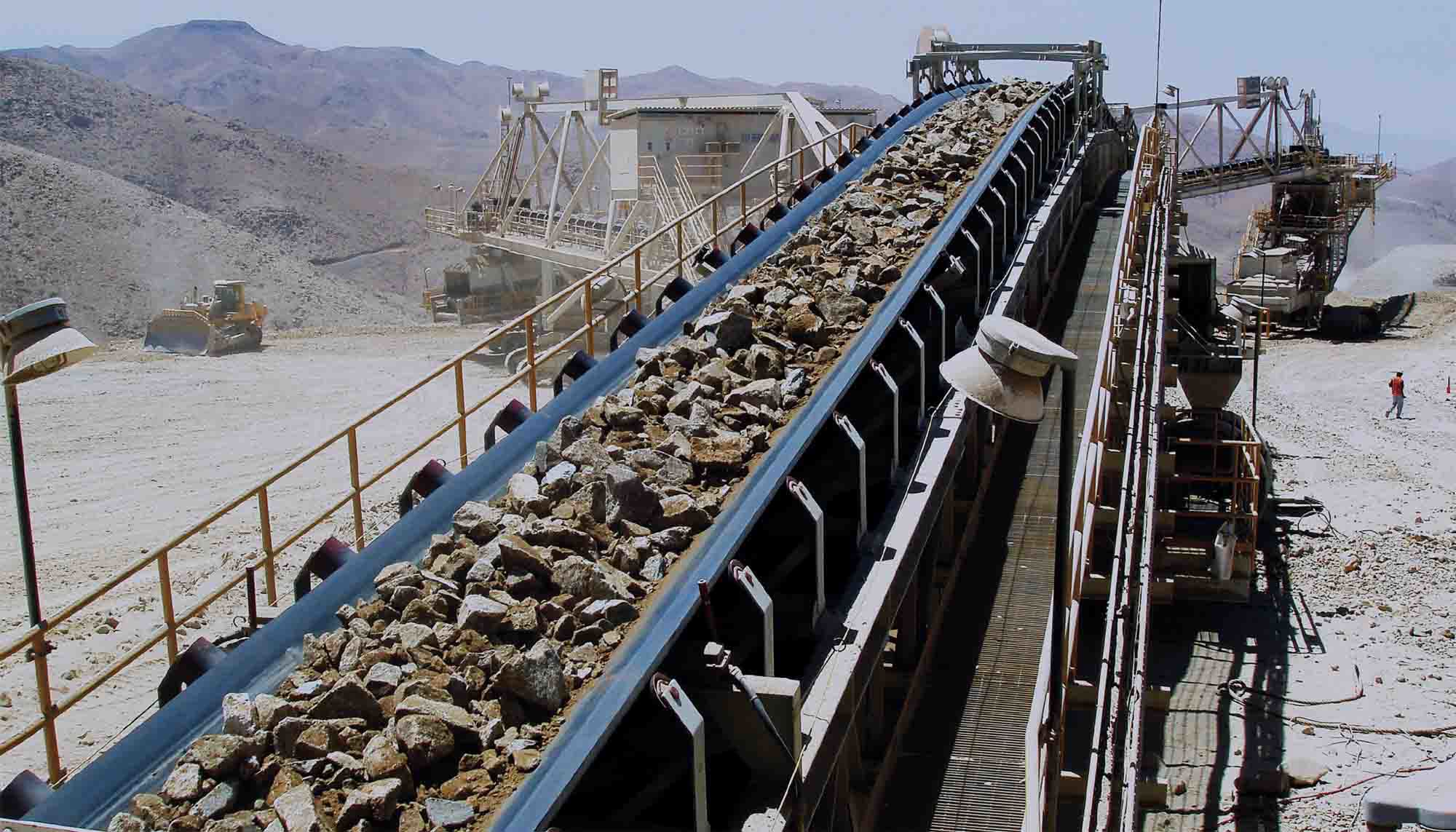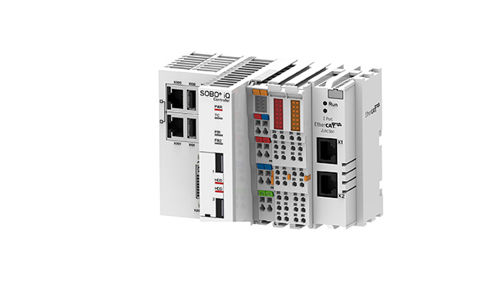Conveyors are the most efficient equipment in industrial mines and metallurgical plants. But conveyors, like other heavy equipment, pose several hazards to employees and also safeties of the equipment in particular to the Long Distance Downhill Conveyor, where the operation is mostly unmanned due to its distance, terrain and profile.
Generally, long distance conveyors move material uphill or uphill followed by downhill and along the surface of the earth. The challenge in designing the conveyors when different section combinations are loaded/empty causes natural instability.
With increase in tonnages and high negative lift conveyors with several hundred meters of drop, it is imperative to develop an intelligent soft braking system to address the starting and stopping requirements under various load conditions.
The Mine
Conveyor was designed and installed in the early 1980’s with a single distance of 14.7 km and a deepest single downfall of 530 meters.
This conveyor plays a vital role as life line to the alumina plant ore supply which was also built and commissioned in the early 1980’s.
The Challenge
Initially the conveyor belt was supplied with 2 x 1050 kW sync motors with dynamic resistor bank to generate braking in regenerative mode and with a battery backup - grid resistor bank for breaking during power failure.
Only a hydro pneumatic parking brake was provided, which was used only during stop and maintenance condition.
This article describes the critical design criteria on one of the largest regenerative conveyors overcoming disadvances in mechanical braking systems and control technologies of the past.
Long distance special belt conveyor demands gradual application and release of brakes. The gradual application of brakes reduces the forces in the main belt member as well as longitudinal vibration along the conveyor. As the conveyor is a high inertia machine, the situation is more demanding when high inertial mass is resting on elastic tension belt members. Therefore, hydraulic operated soft braking disc brakes are more suitable and effective used for long distance, downhill, high speed and regenerative conveyors.
These disc brakes are capable of creating braking torque to full value gradually depending on need, which is adjustable thru programming with multiple deceleration braking ramps. It also provides an option of rollback control for the uni-direction conveyor and, most importantly for uphill/downhill regenerative conveyors, the opening of braking can also be controlled in a gradual programmable way. Latter is done by continuously monitoring the conveyor´s speed by means of encoder and controlling the braking ramp action.
The New Braking Solution
Over the period of operation the demand and need of stopping the conveyor in running condition had arisen on many occasions which made the task difficult, in particular during emergency and power failure conditions. This challenge was overcome in 2008 by review of the site conditions, health of existing equipments and replacement of the old sync motor control as well as a new Svendborg Brakes disc brake solution with intelligent programmable soft braking module for service and emergency braking needs.
It was a great challenge to execute the requirements considering the existing equipment condition and still to give a solution that could fulfill the full torque requirement of 2500 kW at 21 rpm with a braking torque requirement of 1700 KNm during service, emergency and power failure situations. During the refurbishment project the following major changes were considered:
- Removal of existing synchronized motor and replacement with VFD grade induction motor and regenerative drive panel.
- Introduction of failsafe disc brake solution with soft braking system
- Introduction of PLC based control and SCADA.
This project was engineered, supplied and implemented February 2009 and has been operating successful ever since.
Should you wish to learn more about this downhill conveyor project, you are most welcome to contact Svendborg Brakes.
Conveyor Specifications
Material conveyed - Bauxite
Design tonnage - 1800 t/h
Conveyor length - 14.7 m
Environmental conditions - Dust/dirt
Maintenance conditions - Low
Hours in service per day - 16+
Max. speed - 4.7 m/s
The SOBO (Soft Braking Option) System
A specified braking time is achieved, almost independently of the applied load.
The braking torque during soft braking will not reach the maximum level for instance during a sudden braking situation.
The overshoot and oscillations at the end of the braking sequence are minimized or eliminated.
To ensure a very fast response in case of emergency braking, one of the directional valves is drained directly to the tank, bypassing any throttle and accumulator that may slow down the system.
Soft Braking System Advantages
Belt stretch was drastically reduced during emergency, worst case and normal stopping. This was concluded by observing the take up counter weight lifting by less than 2 meter as against general lift of 8-10 meters.
Each stop of the conveyor was in full control of operation to achieve the same stop time of belt leading to uninterrupted sequence operation of material feed.
The belt is ensured of uniform loading or no empty patch along the conveyor due to free run of conveyor for more than 20 min. compared to earlier non-controlled braking and during power failure.
The new brake control avoided manual unloading of material in the uphill position before starting, which was created due to uncontrolled run out of conveyor without controlled braking.
Full control and easy maintenance of the conveyor with the SOBO braking solution.



